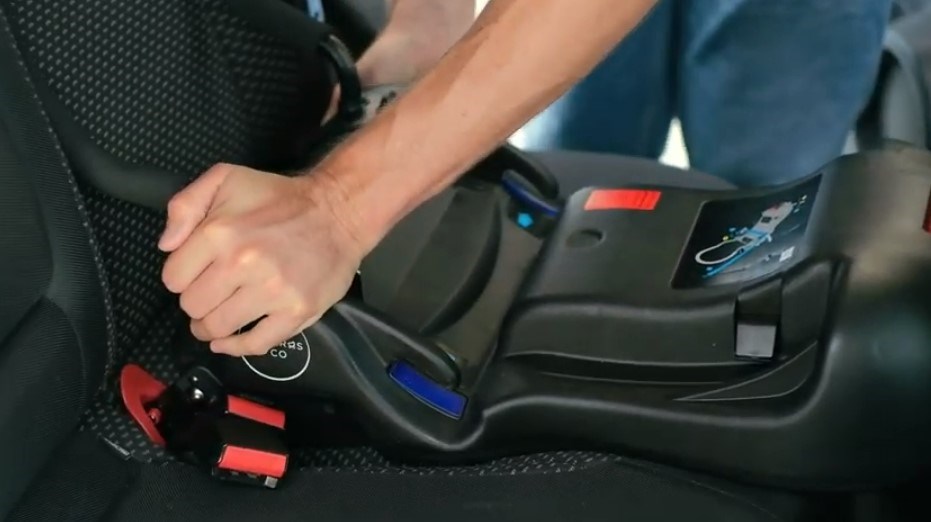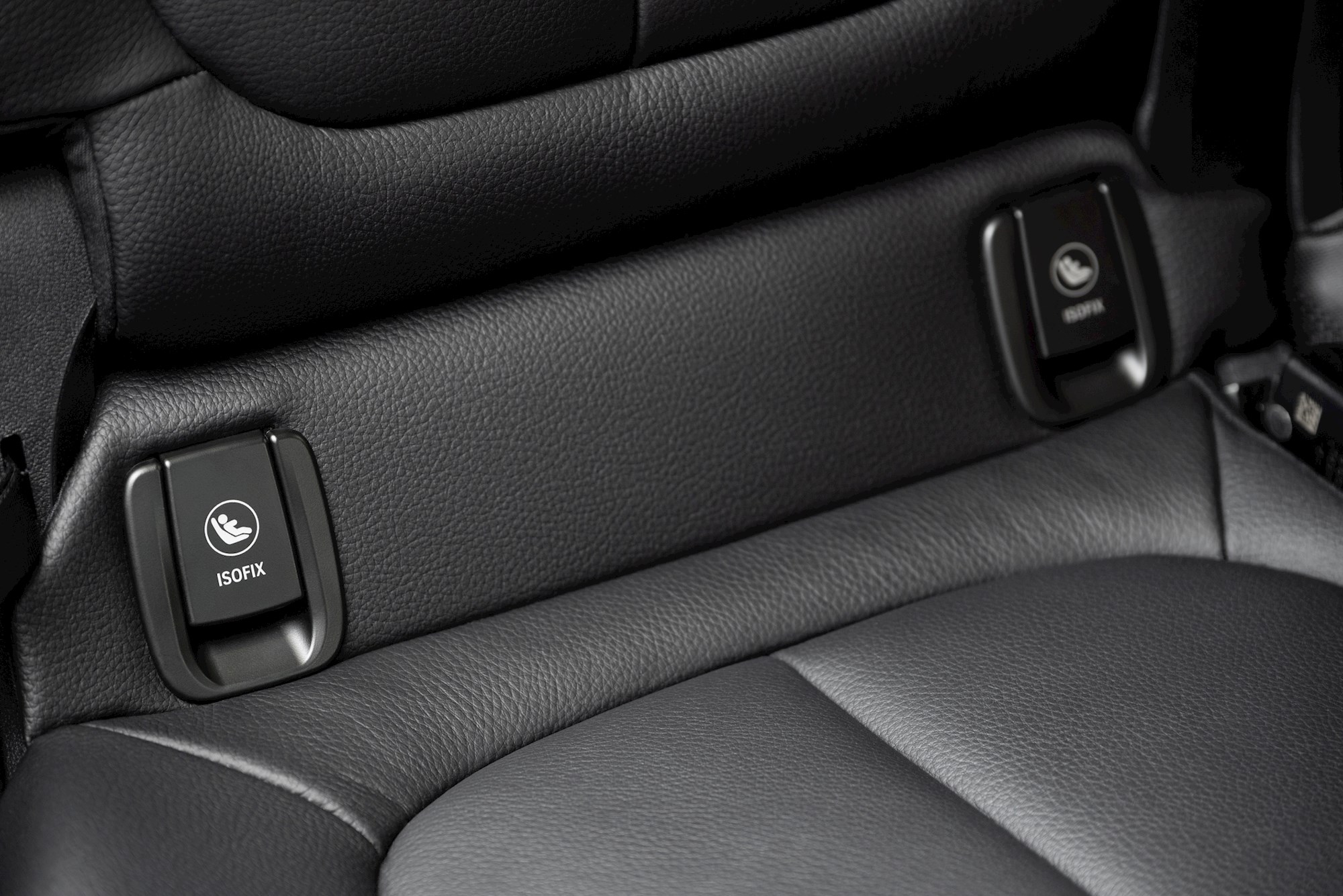In our previous Mum’s the Word column, we covered what type of car seat your child needs and when they need it, depending on age, height, developmental stage and the needs of your family. But once you’ve chosen the seat, it’s crucial to install it correctly.
One of the most important jobs of a car seat is to limit the movement of the child in a crash. According to the AA, a crash at 50km/h creates the same amount of force as falling off a third-floor building. It also says that over 80 per cent of car seats in New Zealand are not installed securely.

If you can move a car seat with your hand, imagine how much more it would move in a car crash. It’s so important to ensure your child is safe and secure on the move, no matter how far you’re travelling.
Installing a seat correctly
Buying your first car seat is exciting! It’s easy to get carried away and totally disregard the manual. After all, “she’ll be right,” right? Wrong.
There are many different ways to install a car seat; the instruction manual is there for a reason. It’ll walk you through exactly how to fit that specific seat and how to use it safely. It’ll also teach you how to set it up for the age, height and weight of your child.
Isofix or seatbelt?
Isofix attachments are found in most modern vehicles, built into the seats of the car. This is typically a safe, secure, and very easy way to install a child’s car seat. Some car seats will come with additional tether straps that need to be attached to anchor points in the car, while others are secure enough to be just clicked into the Isofix points. Check your instruction manual to see what the seat requires.

Some seven-seater vehicles even have Isofix in the third row too, which could be amazing for families with three or more children.
There are, however, some vehicles and car seats that don’t have the Isofix option. In this case, seatbelt installation is the way to go.
While Isofix certainly has its benefits, seatbelt installation can be just as safe and easy. One of the key benefits of seatbelt installation is it can be much easier to move the seat between different cars.
Can I install a car seat in the front?
It’s recommended that children should sit in the back, as it’s much safer. But if you need to put your rear-facing child seat in the front, make sure the passenger airbag is disabled. Never install a rear facing car seat in the front of a vehicle that has an active passenger airbag.
If you’re using a forward-facing car seat in the front of the vehicle, make sure you read the manufacturer's instructions for both the car and the seat.
If the instruction manual says you can safely install the car seat in the front, it’s recommended that you put the seat back as far as it goes.
How can I check if the seat is secure?
The “2.5cm rule” is an easy way to see whether or not a child’s car seat is installed correctly. Once fitted, hold onto the car seat and move it from side to side. Does it move more than 2.5cm? If so, it’s not secure enough.
If using a seatbelt, make sure that the belt is tight, not twisted, and following the right path for your seat.
It can be difficult getting a car seat secure. Checking with your instruction manual is a good place to start, but if you’re still having trouble, it’s best to get it checked by a car seat technician.










